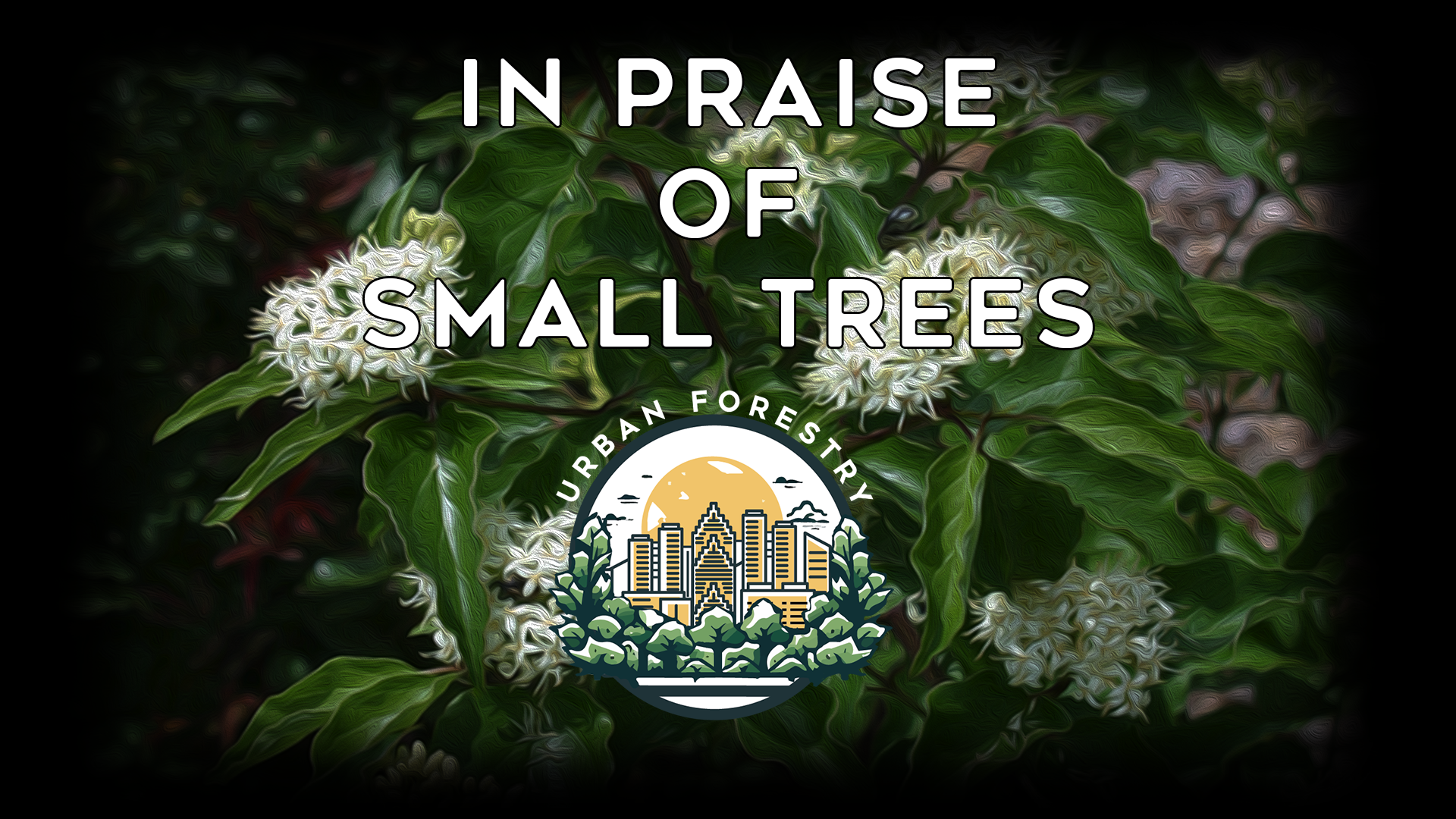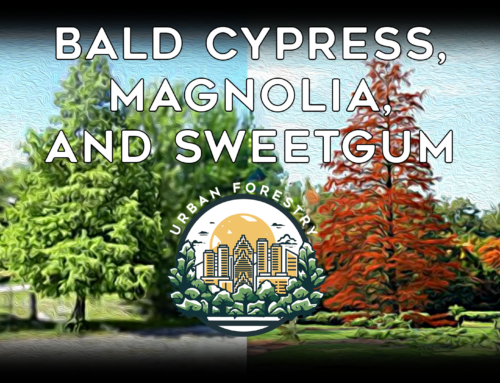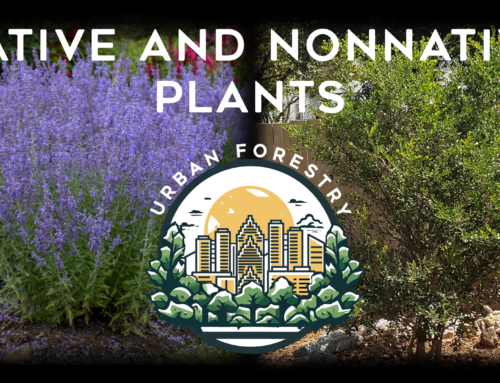When discussing the subject of trees, we often think of the forest giants for excellent reasons. The
majesty, the beauty, and the connection to the ages which their size evokes brings awe to our thoughts.
Yet, for many people in our area much smaller trees are favored due to limited lot size. Large trees
might shade most of the lot, but the homeowner may wish to add more trees. Small trees that remain in
a manageable size and spread are the perfect choice. In addition, some of these trees will provide lovely
bloom.

The Crape Myrtle comes in a variety of colors and sizes. These sturdy, nonnative trees, grow wonderfully
in Houston and provide us color and a marvelous perfume in our air when summer is becoming
unbearable. Many very old specimens are found in our neighborhood. These are generally rather tall (30
to 50 feet) if not subjected to “Crape Murder” by unknowing owners lopping them down low. The old
Crape’s blooms tend to be either pink or lavender in color. A variety of Crapes to consider are the Dwarf
which grows from 6 to 15 feet and come in many colors ranging from white, pink, red, rose red, lavender
to violet. These small Crapes do well under power lines or in restricted spaces where large trees are not
suitable. They do their best in full sun. Pick your favorite colors and visit one of our locally owned
nurseries and plant. Any color will go well with anything else you plant. Nature loves variety in its palette
of colors. Imagine some of our treeless hot and arid commercial streets becoming lined with these
wonderful low maintenance trees. Ahh, would you not venture out more often to those stores and
restaurants?

The Yaupon Holly is another small tree to include in the landscape. The usually multi trunked tree has
abundant red berries in late Fall lasting into Winter providing needed food for our birds. These trees are
easily maintained with light pruning of sucker growth at its base. The Yaupon does best in partial shade
but adapts to full sun. The American Holly tends to be a smaller tree in Houston but does grow to rather
epic size in East Texas and further East to the Atlantic. The pyramidal shape fits well in small yards or as
an understory below Oaks and Pines.

The Dogwood tree is always in the minds of folks who grew up in northeast Texas across the South up to
the Pennsylvania area. But it is not a good choice in Houston unless the drainage is perfect, soil always
moist and it’s kept away from weed eaters and mowers breaking its bark. Just say no or you may plant
dozens before one successfully lives for some years. On the other hand, its cousin, the Rough Leaf
Dogwood is an excellent choice for Houston. If left alone it makes a natural thicket which flowers and
has nice Fall color. It can be kept as a specimen by cutting sucker growth off at its base.

Redbuds are spectacular in Spring and do well here but can be short lived. Their flowering on the verge
of woods and forests makes for lovely views when driving along country roads or in Memorial Park. I
prefer the Texas or Mexican Redbud varieties with their interesting heavy, glossy, and wavy leaves.

Finally, I would like you to consider the Ironwood Tree for use in a small yard. It has a bark which is
smooth and resembles the Beech Tree. Its small leaves turn gold or orange almost red in Fall. Its small
size still gives the impression of strength and resilience which it has in abundance.



















